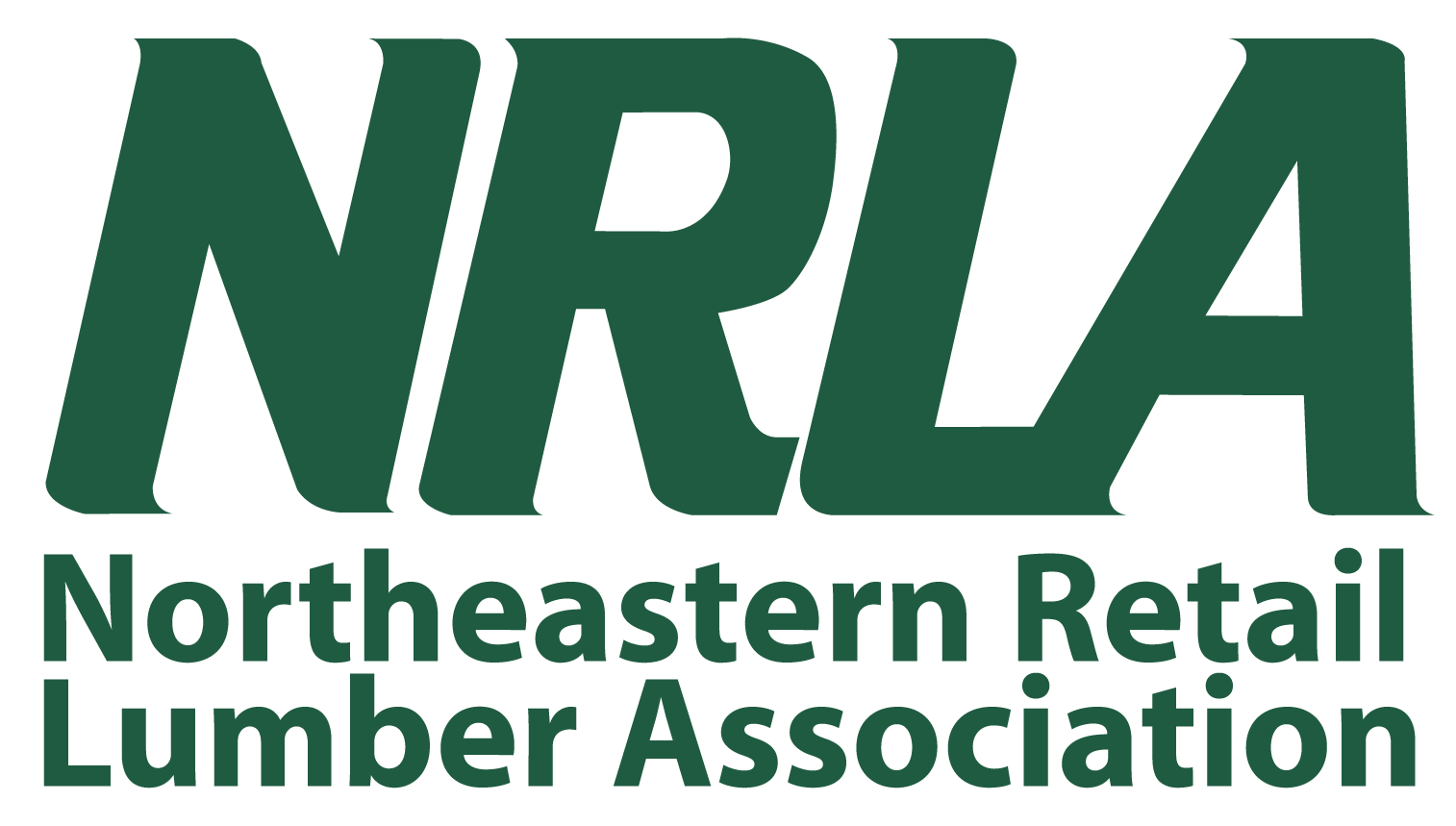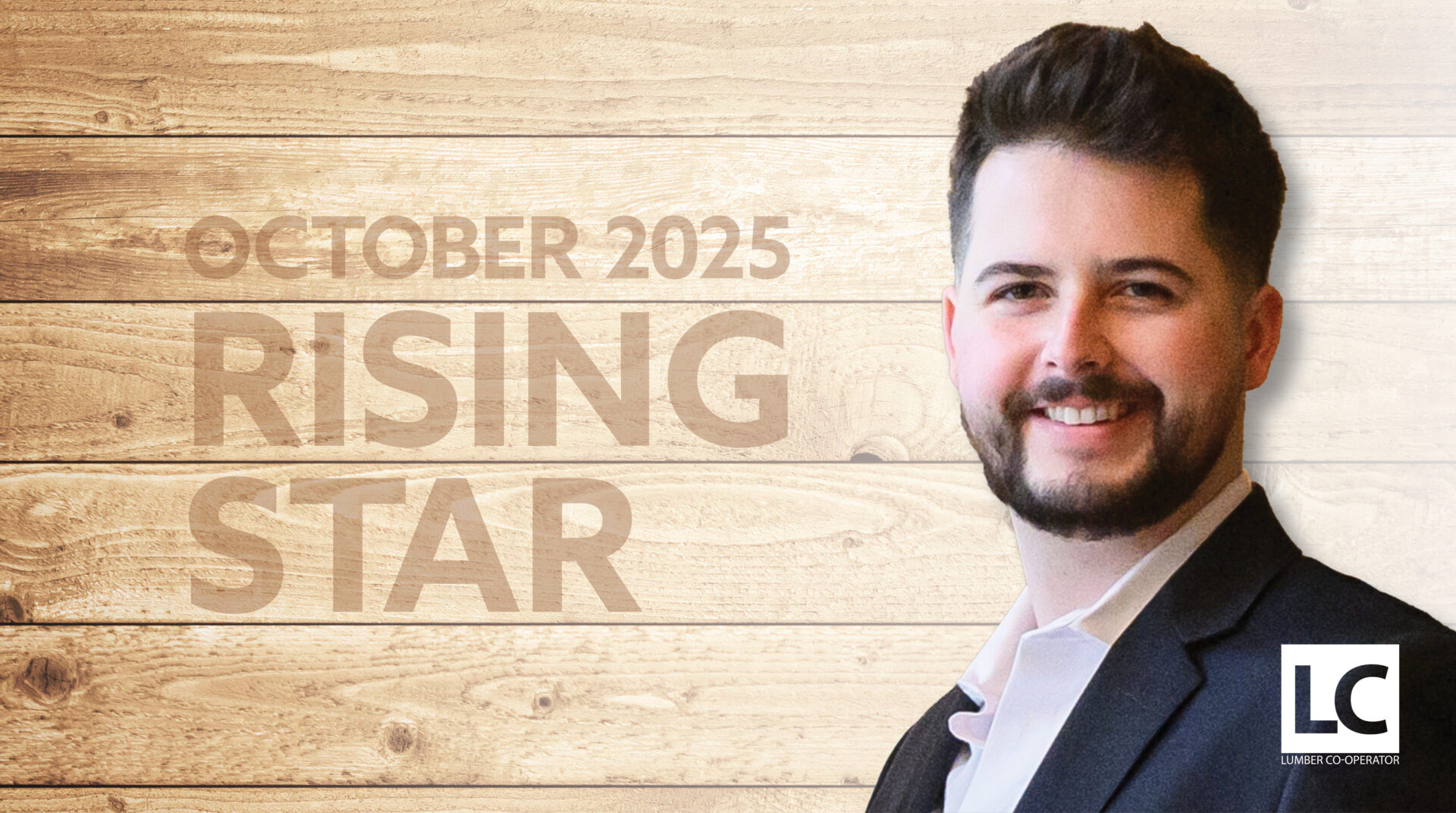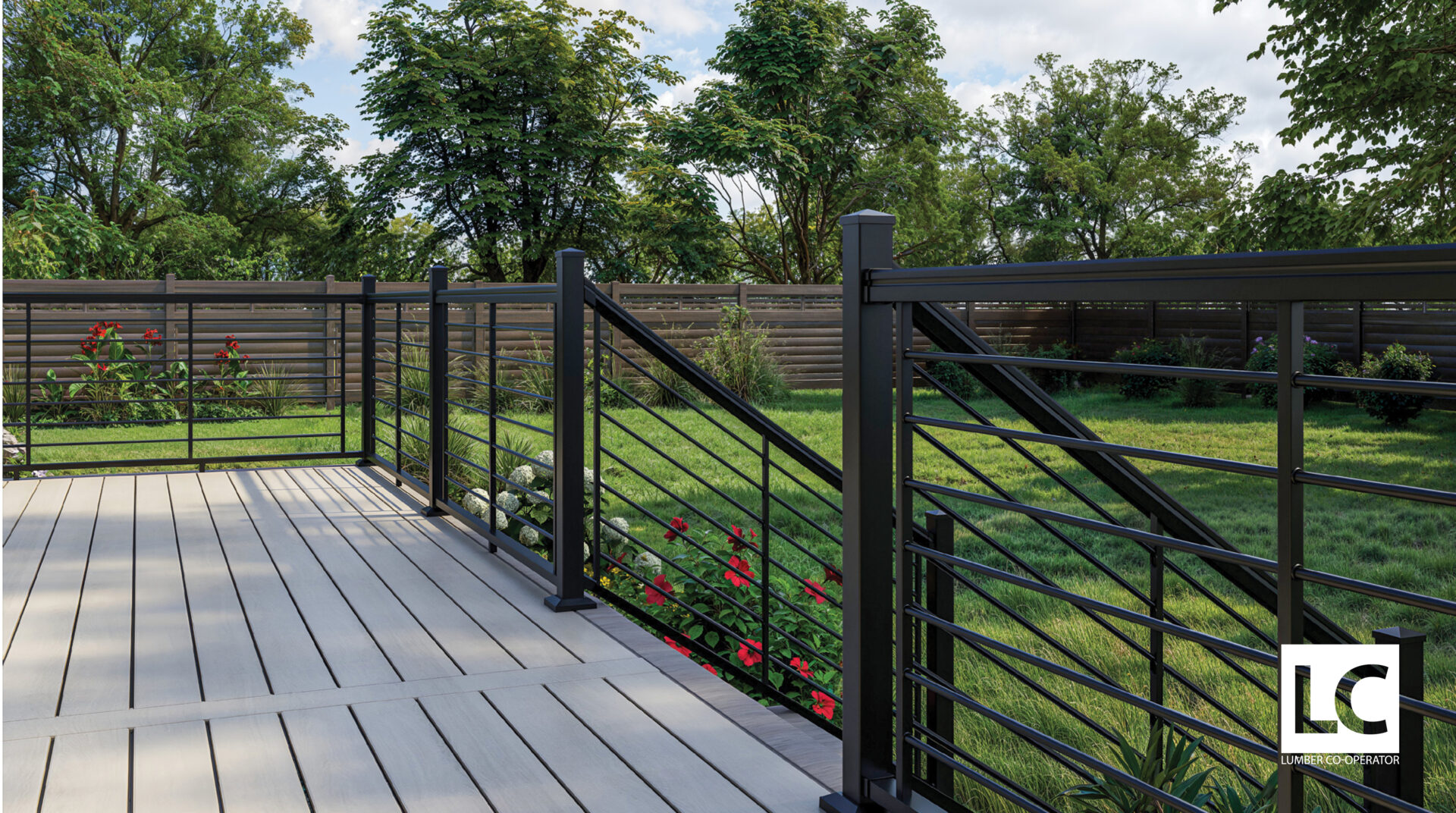Passing legislation is like a game of football; you make progress towards the goal line (passing your legislation), but it is not a fast process. You gain a little ground at a time over the course of a 6-month session (working your way down the field gaining yards), but then if your bill does not pass in both houses, you have to start over, much like a team does after the other team scores a touchdown or after their fourth down.
While you might get your bill through the Senate in one session (gaining 10 yards and getting a first down), it could linger and die in the Assembly (turnover/interception). This could happen for any number of reasons, including but not limited to:
- No Assembly same-as bill, so no Assembly champion
- Not a priority of Assembly leadership
- Committee Chair refuses to move the bill
- Senior member asks that a bill not be passed for some reason
- President indicates they will veto the bill in present form
If this happens, your bill goes back to committee (kickoff) and must start the process over again in the next session. However, once you get a bill to a certain point in the process, it is almost guaranteed you can get the bill to that point again in the next session, though there are some exceptions.
For instance, if the Senate passed your bill in 2024, they would likely pass it again in 2025, assuming nothing has changed (like the majority in the chamber), and the issue it seeks to solve has not evolved in any way. This is kind of like when the QB’s pass is dropped and they have to reset and try again in their next down; it is a setback, but you can get back to your point on the field (or in the legislative process) easily.
It takes an average of 8 years from when a bill is first introduced to when it is signed into law. That means it takes on average the equivalent of 4 legislative sessions or two presidential terms for a bill to become law. And that is just the average.
The American Building Materials Alliance (ABMA) keeps pushing for many of the same issues year after year, because we make progress most years, but cannot get the bill over the goal line, often due to lack of a bill in the second chamber, or it not being a priority for legislative leadership. However, if we stop working on the same issues/bills, we are guaranteed to get nowhere, and the problem the bill seeks to solve will continue to be a problem for members.
Football season wrapped up on Sunday night, but advocacy season is well underway, and there’s never been a better time to get in the game! ABMA’s 3rd Annual Advocacy Day is a key opportunity to make your voice heard on Capitol Hill. Join fellow members in Washington, D.C. on Monday, April 7, and Tuesday, April 8, 2025, to engage directly with lawmakers and advocate for the issues that impact the lumber and building materials industry.
Learn more and register today by clicking here.

About the ABMA
The American Building Materials Alliance (ABMA), established in August 2021, is a coalition of unified voices advocating on behalf of the lumber and building materials (LBM) industry at the federal level. ABMA represents LBM dealers and associated businesses across 17 states and Washington, D.C., including Alabama, Connecticut, Delaware, Georgia, Louisiana, Maine, Maryland, Massachusetts, Mississippi, New Hampshire, New Jersey, New York, Oklahoma, Pennsylvania, Rhode Island, Vermont, and Washington, D.C.
ABMA’s mission is to advance, shape, and influence policy across all branches of government. Working directly with Congress, the White House, and federal agencies, ABMA strives to ensure that the legislative and regulatory process benefits the LBM industry. The organization is powered by the Northeastern Retail Lumber Association (NRLA) and the Construction Suppliers Association (CSA).
Learn more at abmalliance.org.







